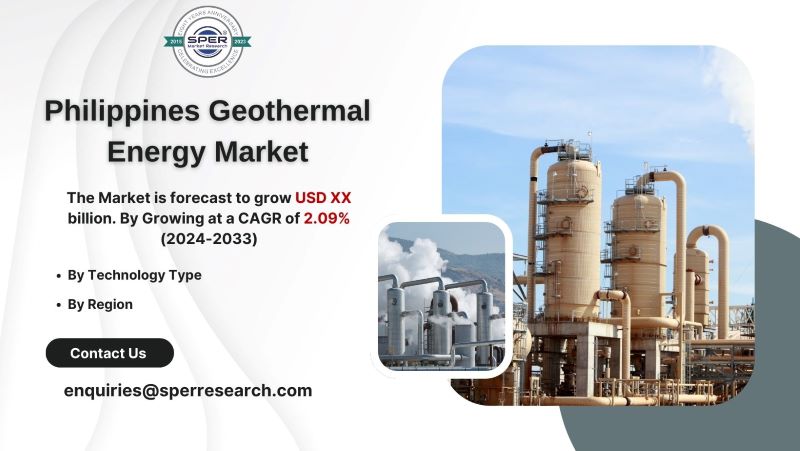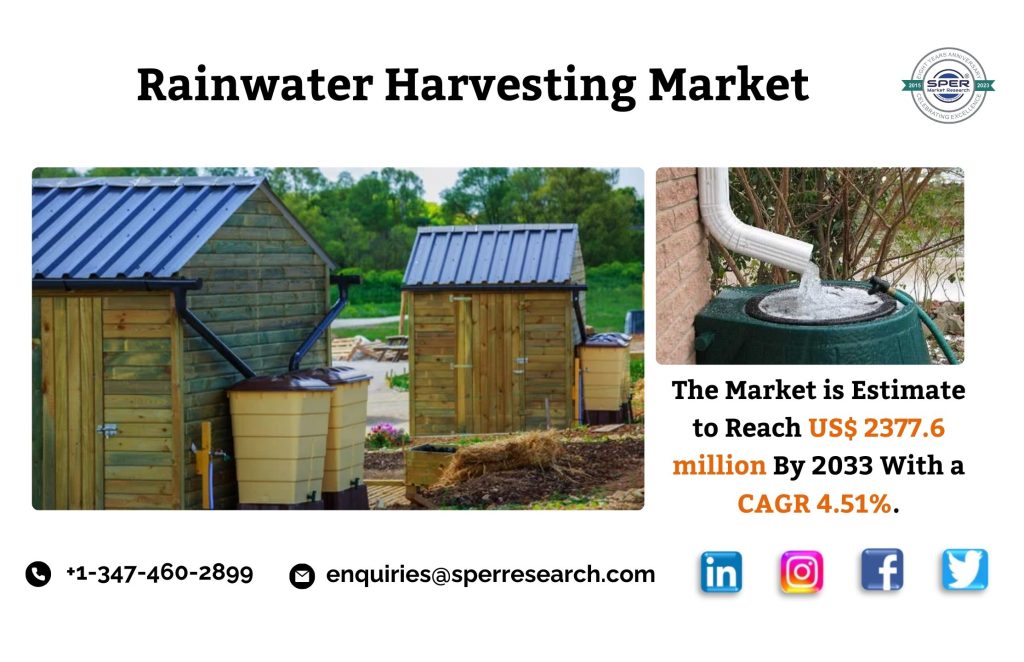Geothermal energy is a clean, widely distributed, steady, environmentally friendly, low-carbon, recyclable, renewable energy source with a sizable reserve. include the production of energy, heating, and cooling. Modern technology has made it possible to capture energy on a massive scale. Geothermal power generation has surged globally due to the growing demand for clean energy for various purposes.
According to SPER Market Research, ‘Philippines Geothermal Energy Market Size – By Technology Type – Regional Outlook, Competitive Strategies and Segment Forecast to 2033’ states that the Philippines Geothermal Energy Market is estimated to reach USD XX billion by 2033 with a CAGR of 2.09%.
Drivers:
The Philippine government provides major incentives and subsidies for renewable energy projects around the country. The country took this measure to increase domestic investment. The country’s renewable energy sector is quickly growing. In 2019, the total renewable installation capacity increased to 6695 megawatts (MW) from 6577 megawatts in 2018.
The Department of Energy (DOE) is the major agency in charge of enforcing both renewable energy laws and its own rules and regulations. End users can choose renewable energy resources as their principal source of electricity through programmes like the Green Energy Options scheme. Because of the region’s significant geothermal potential, such a scheme is expected to promote geothermal energy throughout the country.
Restraints:
Drilling, developing, and operating wells in harsh geothermal conditions necessitates more sophisticated techniques and technologies than drilling for water, oil, or gas. Geothermal drilling consumes time due to inefficient circulation, drill bit trips, and low penetration rates and damaging drilling dynamics. Drilling efficiency and system performance are gradually improving; however, the initial drilling cost is significantly rising. Drilling activities account for a sizable amount of the cost of geothermal development; hence, more efficient drilling can reduce risk and expenditure while enhancing geothermal development in the near future. Companies are developing high-temperature, hard-rock geothermal drilling. Geothermal drilling currently averages 125 feet per day through hard rock and crystalline formations, making it more time-consuming and expensive than petroleum drilling.
Request For Free Sample Report @ https://www.sperresearch.com/report-store/philippines-geothermal-energy-market.aspx?sample=1
The COVID-19 pandemic has been extraordinary and unprecedented, and all regions have consumed more geothermal energy than anticipated when compared to pre-pandemic levels. The renewable energy industry has continued to grow annually despite the pandemic. The IEA estimates that in 2020, geothermal capacity will rise by 500 MW. While the growth in capacity addition was not as rapid as it was in the previous year, overall market performance was satisfactory.
The northern and central regions of the Philippines, leads the country’s geothermal energy market. These areas are well-known for having abundant geothermal resources and produce a sizable amount of the nation’s geothermal energy. Major players in the market are Philippine Geothermal Production Company, Inc, Energy Development Corporation, Aboitiz Power Corporation, Aragorn Power and Energy Corporation (APC Group Inc), and Others.
Philippines Geothermal Energy Market Segmentation:
By Technology Type: Based on the Technology Type, Philippines Geothermal Energy Market is segmented as; Ground Source Heat Pump, Direct Use Geothermal, Deep Geothermal System.
By Region: This research also includes data for Eastern Region, Western Region, Southern Region, Northern Region.
For More Information, refer to below link:-
Philippines Geothermal Energy Market Outlook
Related Reports:
Contact Us:
Sara Lopes, Business Consultant – USA
SPER Market Research
+1-347-460-2899









